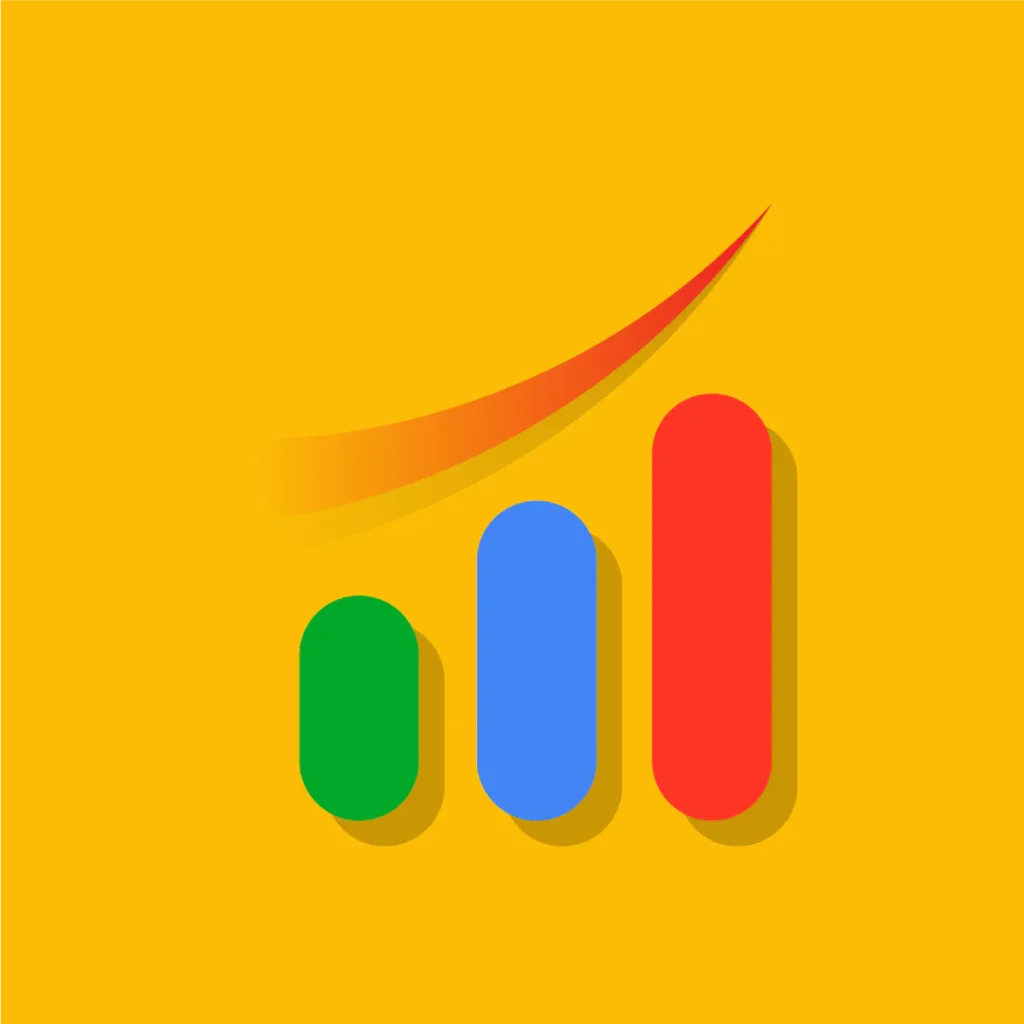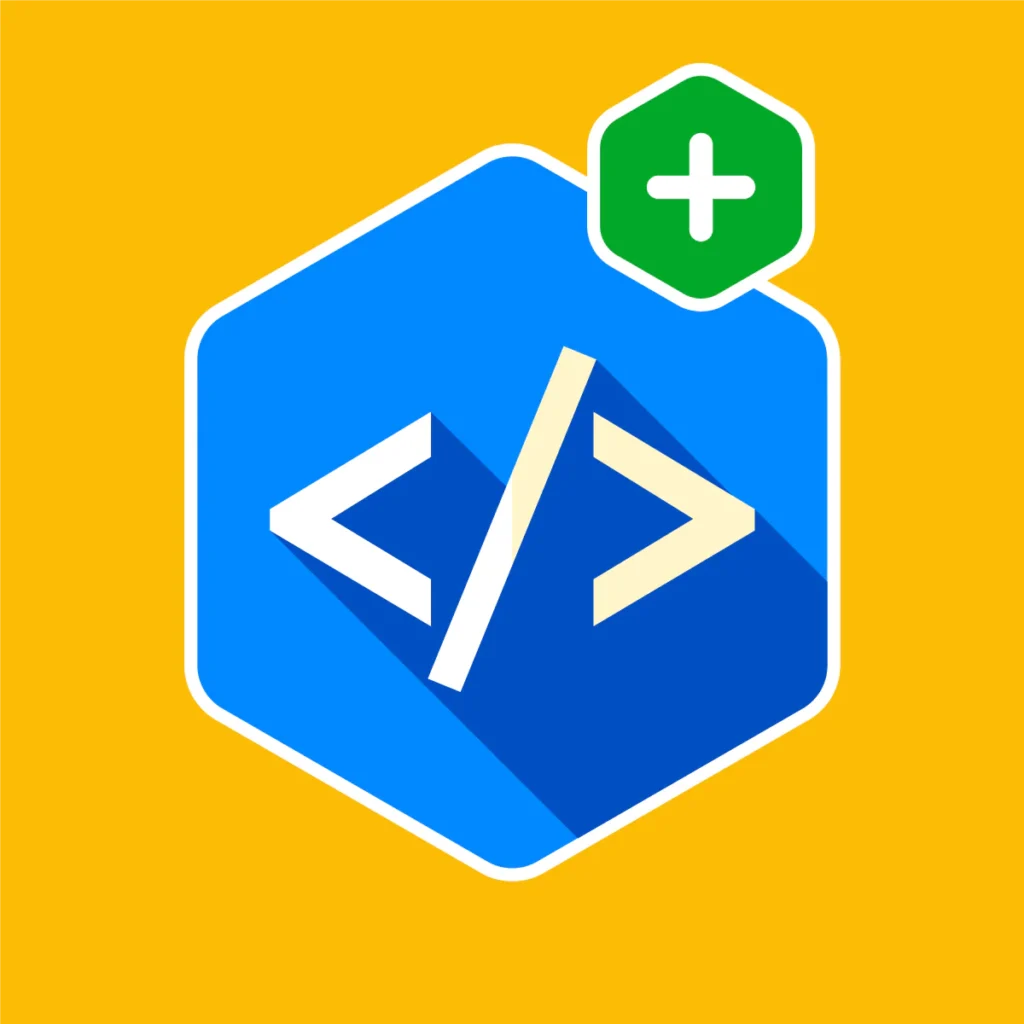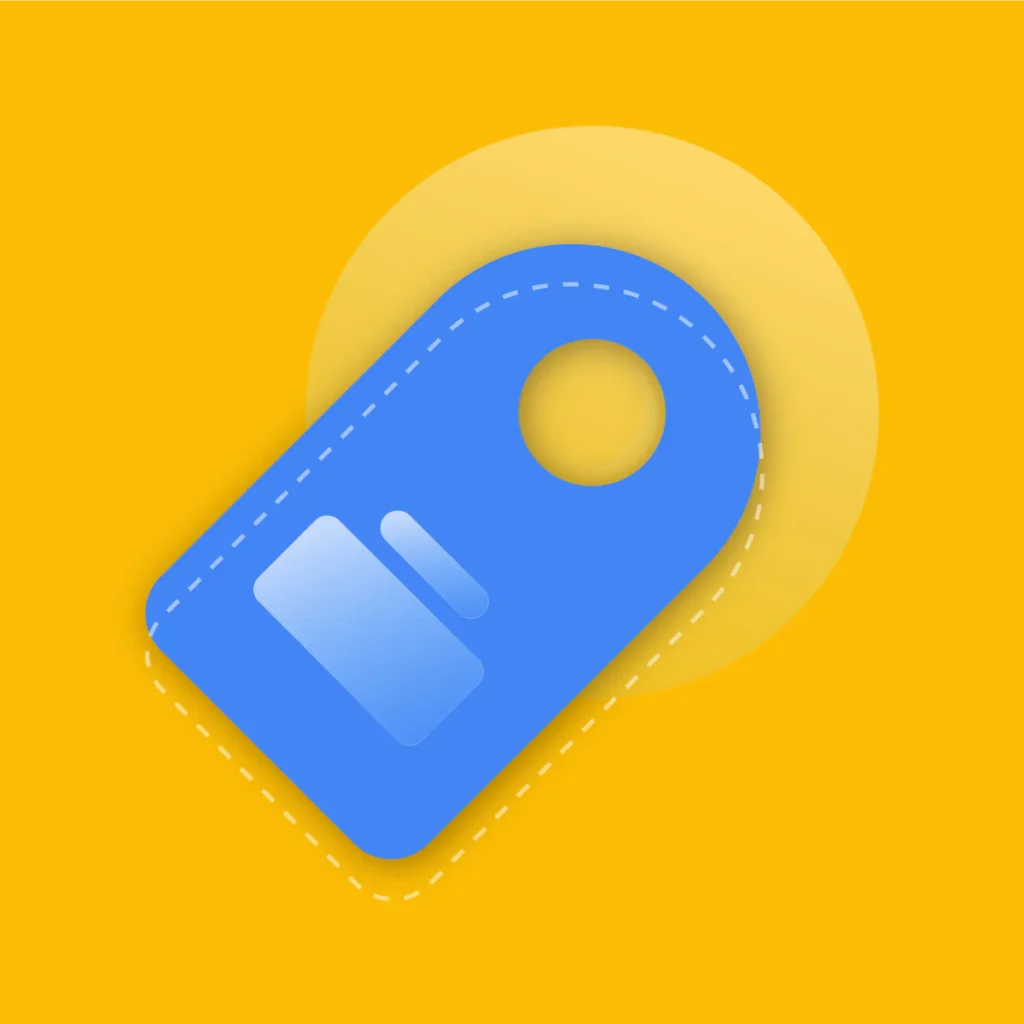Starting a Shopify clothing store in 2025 is more accessible and profitable than ever before. With evolving e-commerce store setup tools, fashion entrepreneurs can launch quickly and scale confidently.
According to Statista, the online fashion industry is expected to surpass $1.6 trillion by 2030. This is the perfect time to turn your fashion brand identity development vision into reality.
But with so many brands, from big names to new startups, competing for attention, the market is crowded. Standing out isn’t easy! It’s a challenge every new clothing store has to overcome.
This comprehensive guide will walk you through every step of building a successful Online Clothing Store using Shopify that stands out in today’s competitive digital fashion market.
Let’s explore how you can seize this opportunity and create a thriving e-commerce brand in 2025.
Key Takeaways
- Understand how to create a comprehensive business plan before launching your Shopify clothing store for a solid foundation.
- Uncover the process of developing a distinctive brand identity that resonates with your target audience and sets you apart.
- Explore how to select a mobile-optimized theme designed specifically for fashion retailers.
- Explore the best Shopify apps to enhance your store’s functionality and drive conversions.
- Identify the right inventory sourcing methods that align with your business model, from dropshipping to wholesale.
- Understand how to build a multi-channel marketing strategy that leverages social media to connect with your audience.
- Learn how to establish clear shipping and return policies that foster customer trust and minimize cart abandonment.
- Discover how to regularly analyze your store’s performance with Shopify’s analytics tools.
Why Choose Shopify for Your Fashion E-commerce Venture?
Before diving into the steps, let’s talk about why Shopify is the go-to platform for fashion entrepreneurs.
If you’re dreaming of launching your online clothing store, Shopify isn’t just a good option. It’s one of the smartest moves you can make.
It’s designed to simplify the process, give your brand a professional edge, and help you grow from day one.
Trusted by over 1.7 million businesses globally, it’s built for entrepreneurs like you—creative, driven, and ready to make an impact in the fashion world.
Here’s why Shopify is the go-to platform for launching a standout fashion e-commerce brand:
- Tailored for fashion: From lookbooks to product variants, Shopify gives you features designed for selling clothing.
- Stylish, customizable themes: Match your store to your brand vibe with beautifully crafted, mobile-friendly themes.
- Easy setup, no coding needed: Launch your store fast with an intuitive drag-and-drop builder.
- Seamless store management: Built-in tools handle inventory, shipping, taxes, and payments, all in one place.
- Scales as you grow: Start small, then expand globally without switching platforms or disrupting your business.
- Thousands of powerful apps: Add wishlists, size guides, reviews, upsells, and more with one-click integrations.
How to Start an Online Clothing Store with Shopify
Now that you understand why Shopify is the ideal platform for launching your clothing store, it’s time to focus on strategy. Choosing the right platform is only the beginning.
Building a sustainable online fashion retail involves more than just great products. It requires a strategic approach from planning to launch.
Success depends on how well you define your brand, target the right customers, and position your products in the market.
Let’s walk through the Essential Steps on how to launch an online clothing store using Shopify in 2025 and set the foundation for lasting success.
Define Your Niche and Audience
Starting with a specific niche within the fashion industry is essential for standing out in a crowded market.
For example, did you know that 91% of consumers say they make a purchase decision based on a brand’s ability to offer unique products or personalized experiences?
Understanding your target audience’s demographics, preferences, and shopping behaviors can help you tailor your products and marketing strategies to meet their specific needs.
This clear focus helps you connect better with your audience and create a unique brand identity.
Whether you’re targeting eco-conscious shoppers, luxury buyers, or activewear enthusiasts, start by defining your niche.
This helps you build a loyal customer base, avoid direct competition, and make a lasting impact in the market.
Creating a Solid Business Plan
A well-structured Shopify clothing store business plan significantly increases your chances of long-term success.
It includes detailed sections covering your business concept for the first three years. Your plan should outline your vision, target market, competitive advantage, and financial projections.
Include details about your startup costs, pricing strategy, profit margins, and expected return on investment.
The average initial investment for a Shopify clothing store ranges from $5,000 to $10,000, covering platform fees, inventory, marketing, and design costs.
Having clear financial goals will help you track progress and make informed decisions as your business grows.
Selecting Your Shopify Plan
Choosing the appropriate Shopify subscription level is your first practical step toward launching your fashion business.
The platform offers several pricing tiers, starting with the Basic plan ($25/month) which provides sufficient features for most new clothing stores.
Each subscription includes essential e-commerce store setup tools like secure Shopify payment processing, unlimited product listings, and sales channel integration.
Offering multiple payment options can increase conversion rates. Consider your immediate needs and growth trajectory when selecting your platform subscription.
Selecting the Perfect Theme
Selecting the right Shopify theme is crucial for establishing a successful online clothing store using Shopify.
A theme should offer visual appeal, fast loading times, and mobile optimization to cater to today’s shoppers.
One standout option is the Mavon Shopify theme, designed specifically for fashion retailers.
With over 20 customizable sections, Mavon allows for extensive personalization, enabling you to showcase your unique brand identity effectively.
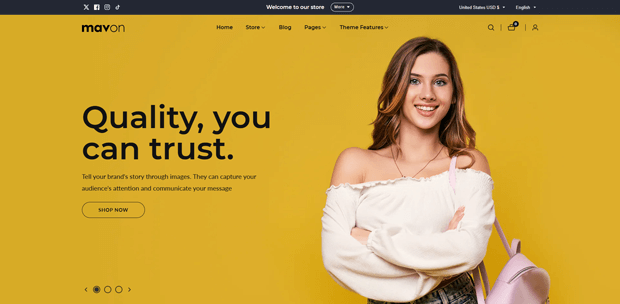
Performance-wise, Mavon excels with a 97% score on Google’s Page Speed test, ensuring swift load times that can lead to higher conversion rates.
Mavon’s blend of aesthetic flexibility and user-friendly features makes it an outstanding choice.
Its performance optimization further positions it among the best Shopify themes for clothing stores in 2025.
Key Features:
- Advanced filtering and color swatches
- Quick view and mega menu
- High-resolution images and lookbooks
- Sticky cart and slide-out cart
- Promo banners and trust badges
- Mobile-responsive design
Essential Shopify Apps to Elevate Your Clothing Store
After setting up your theme and designing a visually stunning storefront, your next focus should be functionality. Integrating the right apps is critical to boosting customer experience, increasing sales, and scaling your online clothing store using Shopify successfully.
1. Analyzely Google Analytics 4
The Analyzely – Google Analytics 4 app offers a seamless way to integrate Google Analytics into your store, providing detailed insights into visitor behavior and activity.
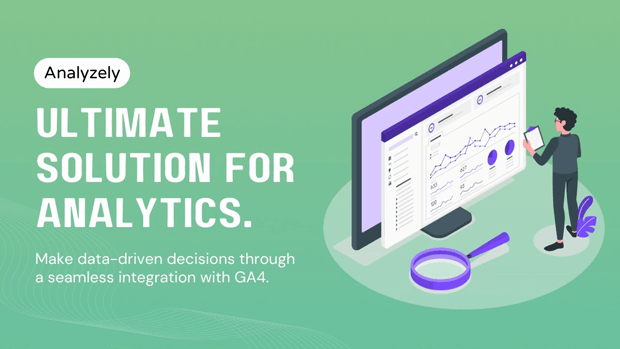
With automatic measurement ID integration, setting up tracking is effortless.
Access performance reports directly from the app dashboard for a streamlined way to monitor your store’s performance.
Key Features:
- Seamless GA4 integration with no coding required
- Comprehensive event tracking for better eCommerce insights
- View key metrics in the Standard & Ecommerce Report
- Server-side event integration for accurate purchase tracking
- GDPR-compliant tracking for data protection
2. Pixee – Multi Facebook Pixel
Pixee simplifies the process of connecting your Facebook Pixel to your store, allowing you to gather crucial visitor data for targeted Facebook ads.
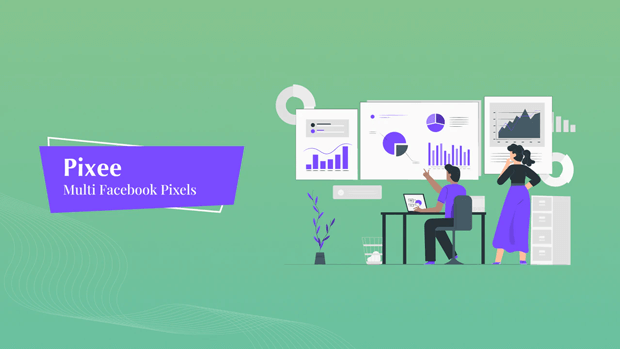
This data helps drive more traffic and sales to your store. Ideal for enhancing your Facebook marketing efforts, Pixee is an easy-to-use tool for seamless integration.
Key Features:
- Add multiple pixels to track visitors and conversions effortlessly
- Track key events like product views, add-to-cart actions, checkout initiations, and purchases
- Integrate Server Side Event (Conversion API) for more accurate data tracking
3. GroPulse Wishlist
Transform your store experience with GroPulse Wishlist, the ultimate tool for customer engagement! Let shoppers easily curate, manage, and revisit their favorite products with a customizable wishlist button.
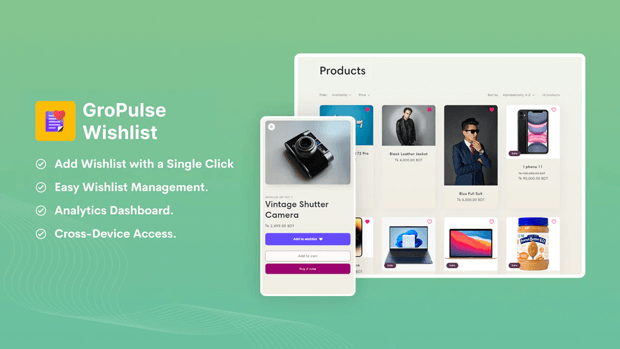
Boost your sales by tracking top products and valuable customers through an intuitive dashboard. Deliver a consistent, cross-device wishlist experience that keeps your customers coming back!
Key Features:
- Customizable wishlist button for easy saving.
- Quick add/remove flexibility for products.
- Smart dashboard insights into top wishlists and customers.
- Cross-device wishlist accessibility for users.
4. Shopify Email
Shopify Email lets you quickly build polished, branded emails using a powerful drag-and-drop editor and product-focused templates that link directly to your store.
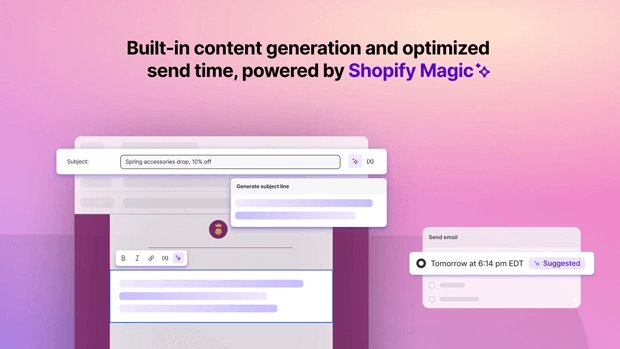
It helps you leverage automation templates and customer segmentation to deliver personalized emails at the most strategic times.
Shopify Email makes it easy to streamline marketing by creating, sending, and tracking campaigns seamlessly within Shopify ,the trusted engine behind business success.
Key Features:
- Send branded emails to customer segments directly from Shopify
- Use templates for products, sales, restocks, holidays, and events
- AI-generated subject lines, body copy, and optimized send times
- Drive purchases by encouraging customers to buy directly from emails
- Track key metrics like click-through rates, cart additions, and purchases
5. GP Free Shipping Bar App
Turn hesitant shoppers into buyers with GP Free Shipping Bar. Display real-time cart progress to encourage customers to spend more and unlock free shipping.
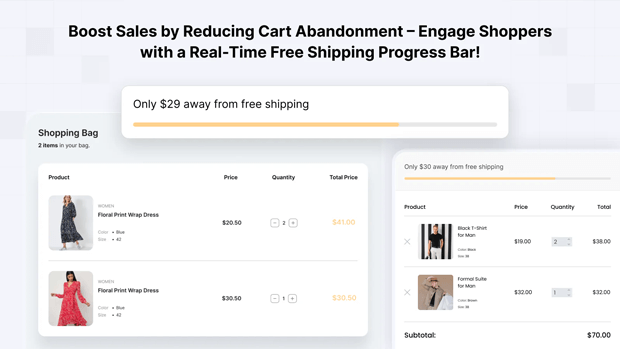
Fully customizable and mobile-friendly, this app targets specific pages, devices, and regions, creating personalized shopping experiences.
Whether you’re a startup or a growing business, this easy-to-use tool boosts conversions and increases revenue.
Key Features:
- Real-time cart value tracking with automatic updates
- Customizable colors, fonts, and banner positioning
- Geographic and device-based targeting for tailored experiences
- Display the bar on specific pages for better focus
- Multi-language support for global reach
6. GroPulse Google Reviews
GroPulse Google Reviews helps you effortlessly showcase authentic Google reviews on your store. Easily import customer feedback to strengthen your brand’s credibility and boost customer trust.
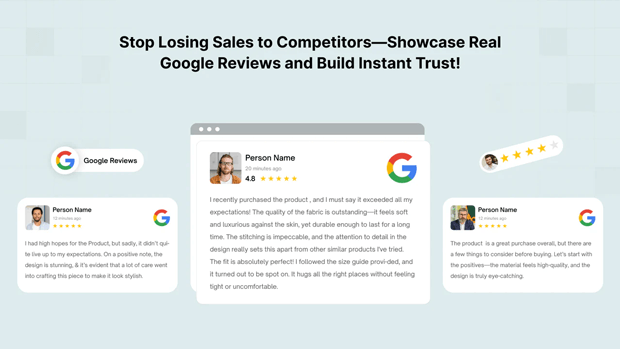
Customize review widgets to align perfectly with your site’s design. Enhance your reputation and drive more conversions through real, impactful customer experiences.
Key Features:
- Seamlessly import and display Google reviews across your store.
- Highlight social proof with dynamic ratings and review counts.
- Customize widget styles to fit your site’s look and feel.
- Offer multiple translation options to cater to a global audience.
7. GP JSON‑LD Schema for SEO
GP JSON‑LD Schema for SEO enhances your Google search results with rich snippets, boosting your click-through rate.
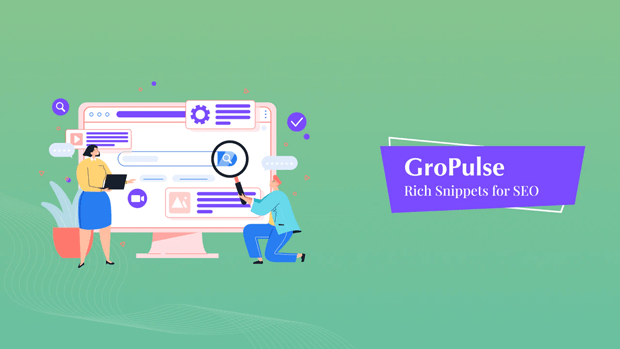
This app utilizes JSON-LD to display rich results, improving your store’s visibility and position in search engine rankings.
The app uses JSON-LD to encode linked data, making it machine-readable and improving your store’s visibility in search results, driving more organic traffic.
Key Benefits:
- Boosts your click-through rate
- Attracts more organic visitors
- Reduces marketing costs for promoting your site
8. SalesPulse Sales Pop Up
SalesPulse Sales Pop Up is a powerful app designed to boost sales and customer engagement. Showcase recent orders to build trust, create urgency, and encourage new purchases.
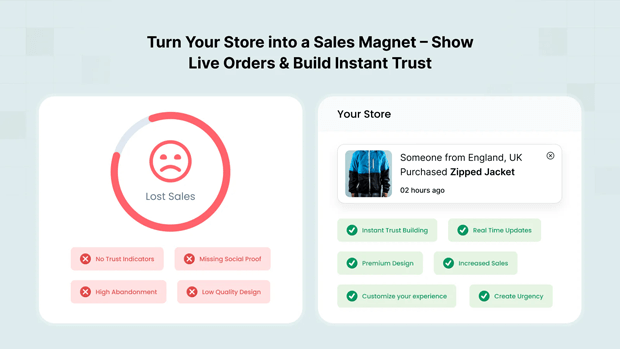
Easily control where notifications appear and customize their style to match your store’s branding.
Allow customers to remove completed orders, keeping your pop-up list fresh and relevant. Enhance your store’s performance and conversion rates with SalesPulse.
Key Features:
- Display real-time order popups with detailed product information.
- Customize popup design to seamlessly match your store’s look and feel.
- Set notification timing, delay intervals, and the number of previous orders displayed.
- Target specific pages for maximum impact and audience engagement.
9. Shopify Bundles
Boost your average order value with Shopify Bundles. Provide better product curation and discounts to customers while increasing sales through product bundles.
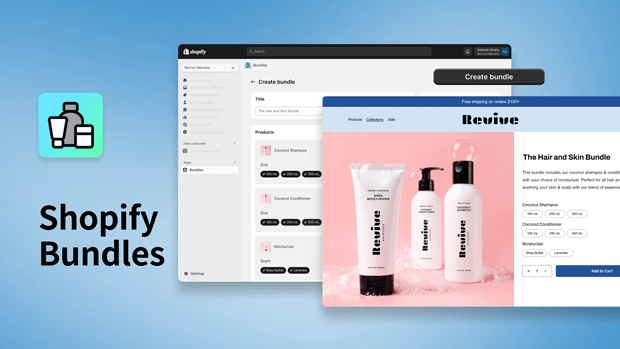
Shopify Bundles lets you easily create fixed bundles and multipacks directly from the Shopify admin.
Customers can select variants for the products in your bundle, with real-time inventory updates to prevent overselling.
Key Features:
- Create fixed bundles and multipacks with no coding or customization.
- Offer product options like size or color within bundles.
- Customize bundle pages with images, variants, and product details.
- Real-time inventory updates to avoid overselling.
Creating Product Pages That Convert
Your product pages serve as virtual salespeople for your online boutique customer acquisition. Invest in professional fashion product photography that showcases garments from multiple angles, with detailed shots of fabrics, stitching, and special features.
Studies show that high-quality images and product descriptions can increase conversion rates by up to 30% for fashion retailers.
Write detailed product descriptions that address both practical and emotional aspects of your clothing items. Include accurate sizing information, fabric composition, care instructions, and styling suggestions.
Implementing Shopify SEO tips for clothing stores, like keyword-rich descriptions, alt text for images, and optimized meta titles, helps improve your visibility in search results.
Sourcing and Managing Your Inventory
Deciding between manufacturing, wholesale purchasing, or fashion dropshipping strategies significantly impacts your startup costs and operational complexity.
For new store owners, dropshipping offers a low-risk entry point with minimal upfront investment.
When selecting dropshipping clothing suppliers for Shopify, prioritize those with proven reliability and quality control measures.
As your business grows, you might transition to wholesale purchasing for better margins or a custom clothing store setup on Shopify with unique designs.
Effective inventory management becomes increasingly important as you scale. Successful fashion retailers maintain a 35-45 day inventory turnover rate.
This helps balance cash flow needs with merchandise availability.
Marketing Your Fashion Brand Effectively
Implementing a comprehensive social media strategy for Shopify clothing brand is essential for building awareness and engagement.
Platforms like Instagram, TikTok, and Pinterest offer ideal visual environments for showcasing fashion products.
Research indicates that 72% of Instagram users have made fashion purchases based on content they discovered while browsing.
Complement your social media efforts with targeted advertising campaigns to drive traffic to Shopify clothing store consistently.
E-commerce conversion optimization techniques like retargeting ads and abandoned cart campaigns can significantly improve your marketing ROI.
Optimizing for Mobile Shoppers
Creating a seamless mobile-first clothing e-commerce experience is non-negotiable in 2025, with over 70% of fashion purchases occurring on smartphones using digital wallets.
Every aspect of your store should be optimized for touch navigation. This includes easy-to-tap buttons, simplified checkout, and responsive design. The design should adapt to various screen sizes.
Focus on fast loading speeds, as studies show that conversion rates drop by 12% for every additional second of load time. Implement mobile payment solutions like Apple Pay and Google Pay to reduce checkout friction.
Mobile-optimized stores see conversion rates 1.5x higher than those designed primarily for desktop users.
Streamlining Shipping and Returns
Developing clear online clothing return policies builds customer confidence and reduces purchase anxiety.
Fashion eCommerce often faces high return rates, making transparent and customer-friendly policies essential. Consider offering free returns or exchanges to remove barriers to first-time purchases.
Optimize your e-commerce shipping solutions by working with reliable carriers and offering multiple shipping options.
Research shows that 66% of shoppers expect free shipping on all orders, while 80% expect free shipping when spending above a certain threshold.
Real-time tracking notifications enhance the post-purchase experience and reduce customer service inquiries.
Measuring Success and Scaling Growth
Regularly reviewing your Shopify store analytics reveals opportunities for improvement across your business operations. Track key metrics like conversion rate, average order value, customer acquisition cost, and repeat purchase rate.
Data-driven decisions lead to more effective marketing spending and inventory planning for sustainable growth.
Study Shopify clothing store success stories to learn from established brands in your niche.
Successful fashion retailers consistently analyze performance data to identify trends and optimization opportunities.
Schedule weekly performance reviews to track progress toward your business goals and adjust strategies as needed.
Building a Sustainable Fashion Business
Consider incorporating sustainable online fashion retail practices into your business model, as 73% of millennial shoppers are willing to pay more for sustainable products.
Transparent sourcing, eco-friendly packaging, and ethical manufacturing partnerships can differentiate your brand.
These practices also appeal strongly to environmentally conscious consumers in a crowded market.
Communicate your sustainability efforts clearly on your website and social media to attract like-minded customers.
Brands with strong ethical positioning report 58% higher customer loyalty and repeat purchase rates.
This approach benefits both the planet and your bottom line through enhanced brand perception and customer relationships.
Frequently Asked Questions
How much does it cost to start an online clothing store with Shopify in 2025?
Starting an online clothing store with Shopify in 2025 typically costs around $39/month for the Basic plan, plus domain fees, themes, and app costs.
Initial setup can range from $100 to $500 depending on customization and marketing needs.
What is the best Shopify theme for fashion retailers?
The best Shopify theme for fashion retailers is one that offers mobile optimization, visual storytelling, and quick customization. Look for fashion-focused Shopify themes that highlight high-quality product images and create a seamless shopping experience.
How important is product photography for a Shopify clothing store?
Professional product photography is essential for a Shopify clothing store, as it fosters trust, highlights product details, and drives conversions. Clear, high-quality images help customers visualize products more effectively, which in turn reduces return rates.
How to Reduce Return Rates for Your Online Clothing Store?
To minimize online clothing return policies abuse while maintaining customer satisfaction:
1. Implement detailed size guides with exact measurements for each garment style and type.
Create 360° product videos showing how items fit on different body types.
2. Include comprehensive fabric information and care instructions for each product listing.
Consider AR try-on technology to help customers visualize items before purchase.
3. Design clear online clothing return policies with reasonable timeframes of 21-30 days.
Send post-purchase sizing surveys to continually improve product descriptions.
4. Optimize product photography to accurately represent colors and textures.
Which essential Shopify apps should I install for my clothing store?
Essential Shopify apps for clothing stores include apps for email marketing, reviews, wishlists, bundle offers, shipping bars, and live sales popups.
These apps improve user experience, boost conversions, and build customer loyalty
Conclusion
Starting an online clothing store with Shopify in 2025 offers a tremendous opportunity for entrepreneurs willing to invest time in research, planning, and ongoing optimization.
The platform’s user-friendly interface, powerful features, and extensive app marketplace provide everything needed to launch and scale a successful fashion business.
Remember that success rarely happens overnight—consistent effort, customer-focused decisions, and adaptability are key to long-term growth.
By following this comprehensive guide and staying current with evolving e-commerce and fashion trends, you’re well-positioned to build a thriving online clothing business.
The journey of how to launch a clothing brand on Shopify begins with the first step, creating your store today.
